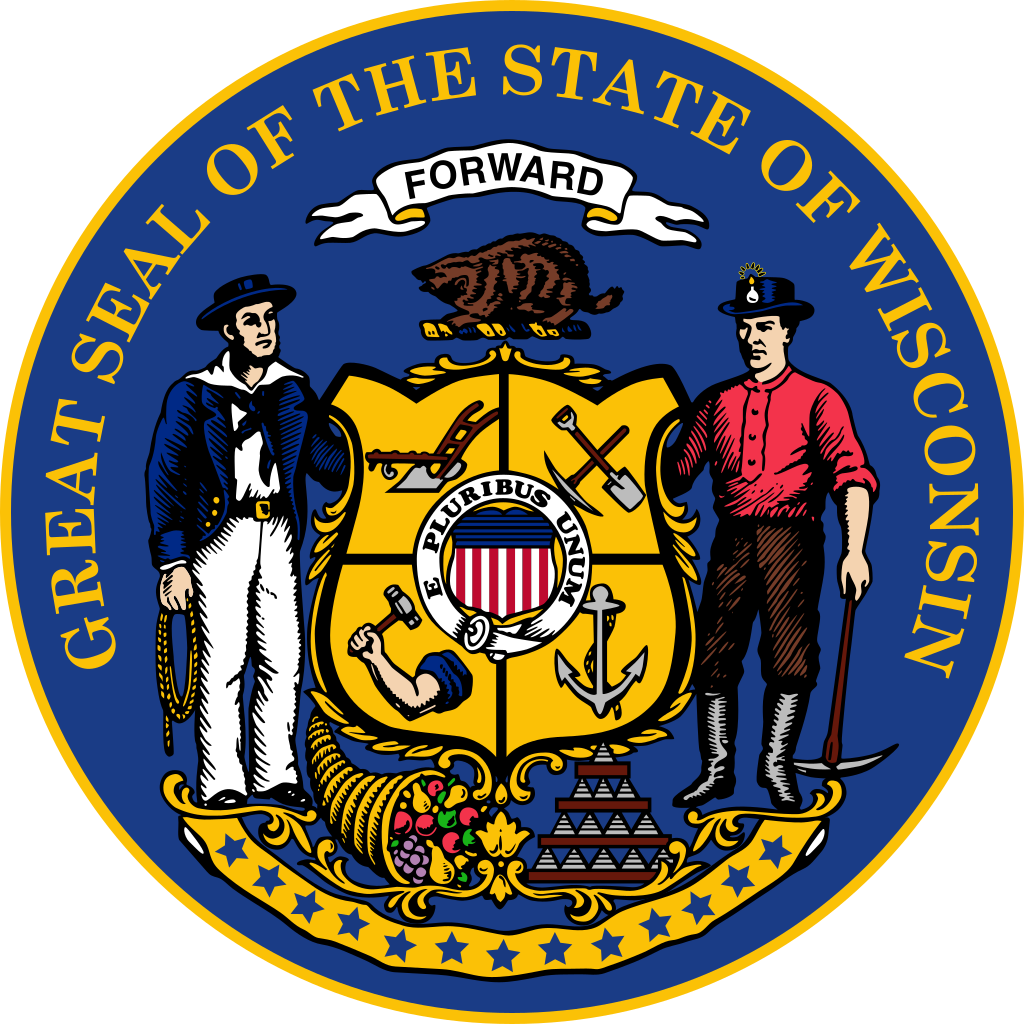From the Article:
Amtrak’s train line connecting Chicago to the Twin Cities through Milwaukee saw a successful first full month of service this summer.
Amtrak’s new Borealis line saw 19,400 riders in the month of June, giving the line a total of 26,000 riders since it launched May 21, according to a June performance report by Amtrak. The line saw 6,600 passengers over its first 11 days of operation in May.
The route is sponsored by the states of Wisconsin, Minnesota and Illinois. A federal grant provides 90% of the first-year operating costs. The project represents a $53 million investment and includes track improvements in La Crosse and Minnesota.
The twice-daily Borealis was built as an expansion of the Empire Builder service which connects Chicago with the Twin Cities on its way to Seattle. Borealis’ 411-mile route takes about 7 hours and 20 minutes, compared with Empire’s nearly 8-hour journey.
The report also showed $1.9 million in operating revenue versus $1.8 million in operating expense for the line so far this year, giving the line adjusted operating earnings of $100,000.
This made it one of just two lines to have positive adjusted operating earnings for the year, along with the Berkshire Flyer.
However, operating earnings doesn’t equate to profitability, according to Amtrak spokesperson Marc Magliari.
Magliari said that the report only measures direct costs for the line like employee salaries, fuel and payments to the railroads used. It doesn’t cover things like depreciation, income tax expense and other factors.
Any earnings from the line would be split between the three states based on a cost-sharing agreement, Magliari said.
While what Amtrak has seen so far in terms of ridership is “very encouraging,” Magliarli said, the company is not actively considering adding more service in Wisconsin.
“We need more than 90 days of data to make these kinds of decisions, and we’ve not even gone into a slower travel season yet,” Magliari said.
Magliari said increasing how often the trains run would also be difficult. If the service were to expand, it would be likely through adding capacity to the trains, although that’s constrained by fleet size.
“We have a contract with these states to provide this much capacity and if there’s a need for additional capacity, we and the states will talk about that,” Magliari said.
In addition to downtown Milwaukee Intermodal Station, Wisconsin stops include Sturtevant, Milwaukee Mitchell International Airport, Columbus, Portage, Wisconsin Dells, Tomah and La Crosse.
“The initial data is promising and reflects the hard work done by WisDOT, our partner states and Amtrak to bring this service to the people of Wisconsin, Minnesota and Illinois,” Wisconsin Department of Transportation Secretary Craig Thompson said in an Amtrak press release. “We’re hopeful the more people that ride Borealis and like it, the more successful it will be.”


I’m still mad they skipped Madison